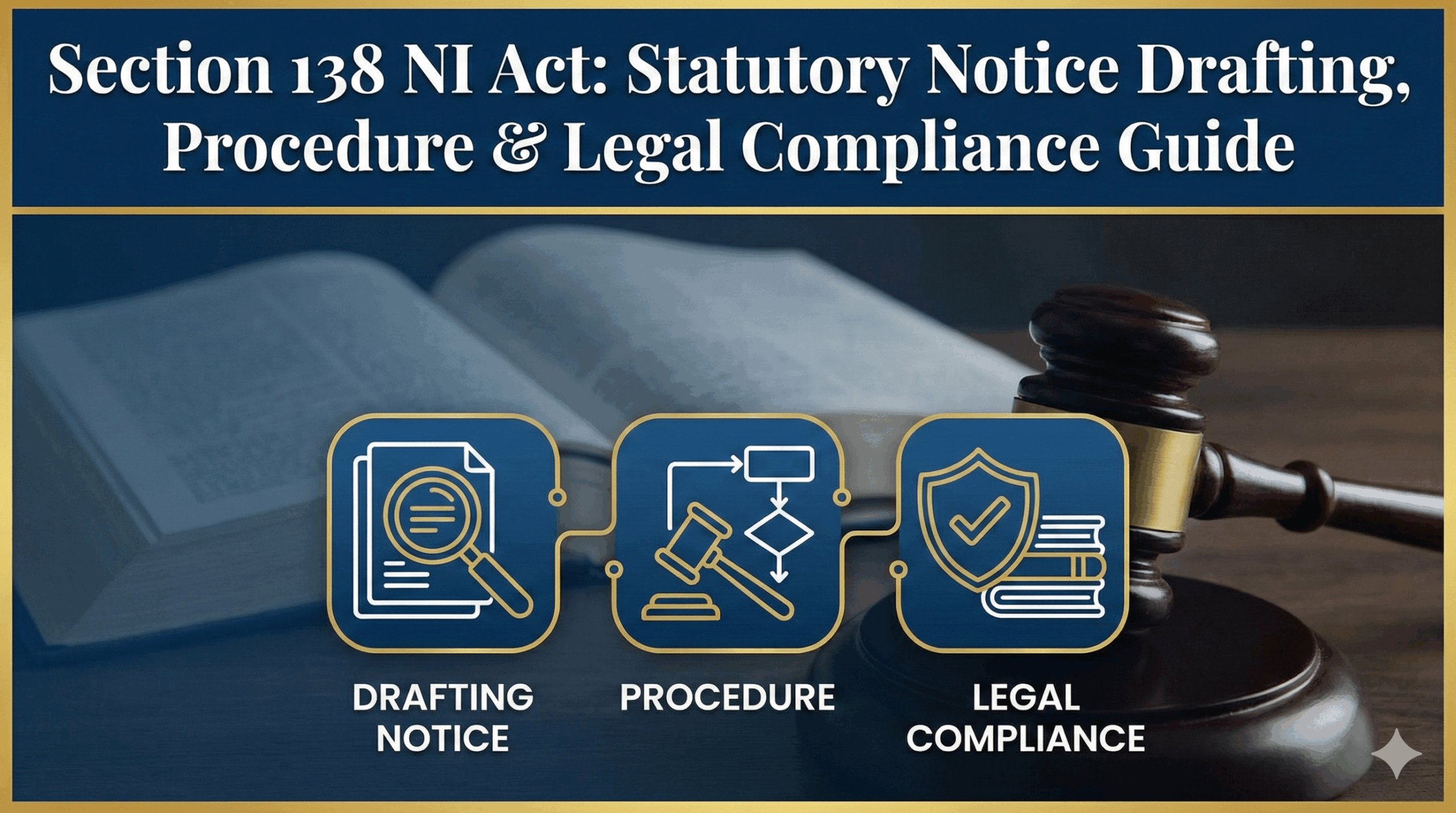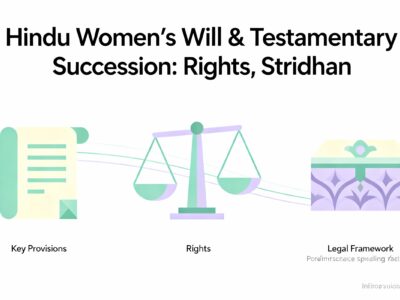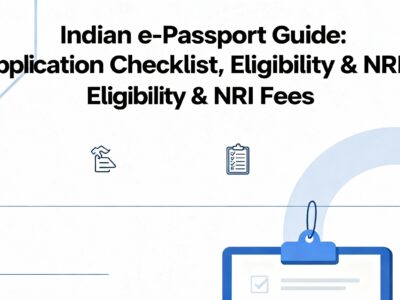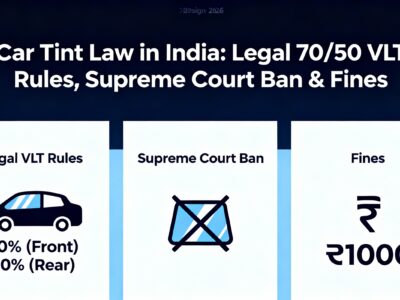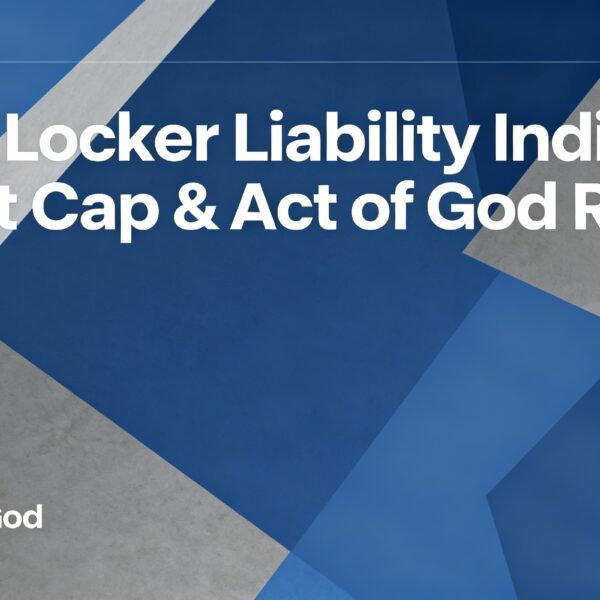In today’s digital age, a simple screenshot of a WhatsApp chat or social media post can be a crucial piece of evidence. But is it legally admissible in Indian courts? The answer is complex and hinges on strict compliance with Section 65B of the Indian Evidence Act, 1872. This comprehensive 2025 guide demystifies the legal standing of screenshot evidence in India. We will explore the mandatory requirement of the Section 65B certificate, break down landmark Supreme Court judgments from Anvar P.V. to Arjun Panditrao Khotkar, analyze the challenges with WhatsApp evidence, and look ahead at the changes under the new Bharatiya Sakshya Adhiniyam, 2023.
The Digital Witness
An in-depth guide to the admissibility of screenshot and electronic evidence in the Indian legal system.
Published on July 31, 2025
The Uncertified Image: A Deep Dive into Screenshot Evidence
The digital revolution has fundamentally reshaped the landscape of human communication and, consequently, the nature of evidence presented in our courts. From WhatsApp chats in matrimonial disputes to transaction confirmations in commercial litigation, the humble screenshot has become a ubiquitous form of proof. But how does the Indian legal system, founded on the century-and-a-half-old Indian Evidence Act, 1872, grapple with this ephemeral and easily manipulable form of evidence? The answer lies in a complex interplay of statutory law and evolving judicial interpretation, primarily centered around the pivotal Section 65B.
The Statutory Framework: Section 65B as the Gateway
The Information Technology Act, 2000, was the catalyst that formally introduced "electronic records" into the lexicon of Indian law. This necessitated crucial amendments to the Evidence Act, creating a special procedure for the admissibility of electronic evidence. The core of this procedure is encapsulated in Sections 65A and 65B.
The Section 65B Certification Gauntlet
1. The Source
The electronic record exists on the original device.
2. The Output
A "computer output" (printout, screenshot) is created.
3. The Certificate
A responsible person signs a certificate attesting to integrity.
4. Admissible
The output becomes admissible in court.
Primary vs. Secondary Evidence: The Core Distinction
A foundational concept, clarified by the Supreme Court, is the distinction between primary and secondary electronic evidence. This determines whether the rigorous certification of Section 65B is required at all.
- Primary Evidence (The Original): This is the original storage device itself—the very computer, hard drive, or mobile phone where the information was first stored. If you produce the original device in court, it is primary evidence and a Section 65B certificate is not required.
- Secondary Evidence (The Copy): Any computer output derived from the original is secondary evidence. This includes a printout, a screenshot saved as an image file, or a copy of a video transferred to a pen drive. For any of these to be admissible, they must be accompanied by the certificate mandated under Section 65B(4).
The Judicial Pendulum: Supreme Court's Stance
The Supreme Court's interpretation of Section 65B has been a fascinating journey of legal evolution, swinging from a liberal approach to strict enforcement. Understanding this timeline is key to grasping the current law.
Landmark Judgments on Sec 65B
Filter the table to see how the legal position has evolved. The current binding precedent is Arjun Panditrao Khotkar.
| Case | Year | Key Holding on Sec 65B(4) Certificate | Practical Impact |
|---|---|---|---|
| State v. Navjot Sandhu | 2005 | Directory, not mandatory. Recourse to Sec 63 & 65 is permissible. | Liberalized admissibility, but undermined the special law for electronic evidence. |
| Anvar P.V. v. P.K. Basheer | 2014 | Mandatory precondition. Sec 65B is a complete code. | Revolutionized the law; made the certificate non-negotiable for secondary evidence. |
| Shafhi Mohammad v. State | 2018 | Procedural, can be relaxed if party cannot produce it. | Created significant judicial confusion. Contradicted the larger bench in Anvar P.V. |
| Arjun P. Khotkar v. Kailash K. | 2020 | Mandatory precondition. Court can order its production. | Settled the law definitively. Reaffirmed Anvar P.V. and overruled Shafhi Mohammad. |
Evolution of Judicial Precedent on Sec 65B
This chart visualizes the shift in the Supreme Court's stance over time, moving from a flexible interpretation to a strict, mandatory requirement for the Section 65B certificate.
Beyond the Certificate: Forensics & Technology
The Role of Digital Forensics
While a Section 65B certificate is the legal key to admissibility, digital forensics provides the scientific key to authenticity. A certificate can be challenged as false, and it is here that forensic analysis becomes indispensable to support or discredit electronic evidence.
Hash Value Analysis
Calculates a unique digital fingerprint (e.g., SHA-256). Any alteration changes the hash, instantly proving tampering.
Metadata Examination (EXIF)
Reveals hidden data like device model, software, and capture time, which can expose inconsistencies.
Error Level Analysis (ELA)
Identifies manipulated areas within an image by detecting differences in compression levels.
Pixel & Compression Analysis
Examines pixels for artifacts, unnatural edges, or lighting inconsistencies that suggest editing.
Technological Fortification
Technology itself offers solutions to prove integrity, potentially reducing reliance on human certification in the future.
Digital Timestamping
A trusted Time Stamping Authority (TSA) can create an irrefutable, third-party-verified link between a document and a specific point in time. It proves a document existed in an exact form at that moment and has not been altered since, directly addressing fears of back-dating or manipulation.
Blockchain Technology
A document recorded on a blockchain has an inherent, publicly verifiable, and immutable audit trail. This offers superior integrity to records on a private server. However, its decentralized nature creates a conflict with Section 65B, which requires a "responsible person" to certify the system. The law may need to evolve to recognize this form of "self-authenticating" evidence.
Global Perspectives & The Road Ahead
A Comparative Glance: India vs. The World
India's mandatory certification regime is unique. Other common law jurisdictions prefer a more flexible approach, focusing on a case-by-case assessment of reliability.
United Kingdom: No mandatory certificate. The focus is on overall reliability, with the weight of the evidence decided by the court.
United States: Governed by the Federal Rules of Evidence (FRE 901), which requires evidence sufficient to support a finding that the item is what the proponent claims it is. This can be done via witness testimony or expert analysis.
Canada: A flexible, common-sense approach. There is a rebuttable presumption that a computer system was operating correctly.
The Future: Bharatiya Sakshya Adhiniyam, 2023 (BSA)
The upcoming BSA aims to modernize the law but introduces new complexities. While it expands the definition of primary evidence to include more digital formats, it also changes the certification process.
The new Section 63 of the BSA will require a two-part certificate: one from the person in charge of the device, and a second from an "expert". The BSA fails to define the qualifications of this expert, creating fresh ambiguity. This is likely to become a new focal point for litigation, potentially increasing the cost and complexity of adducing electronic evidence.


